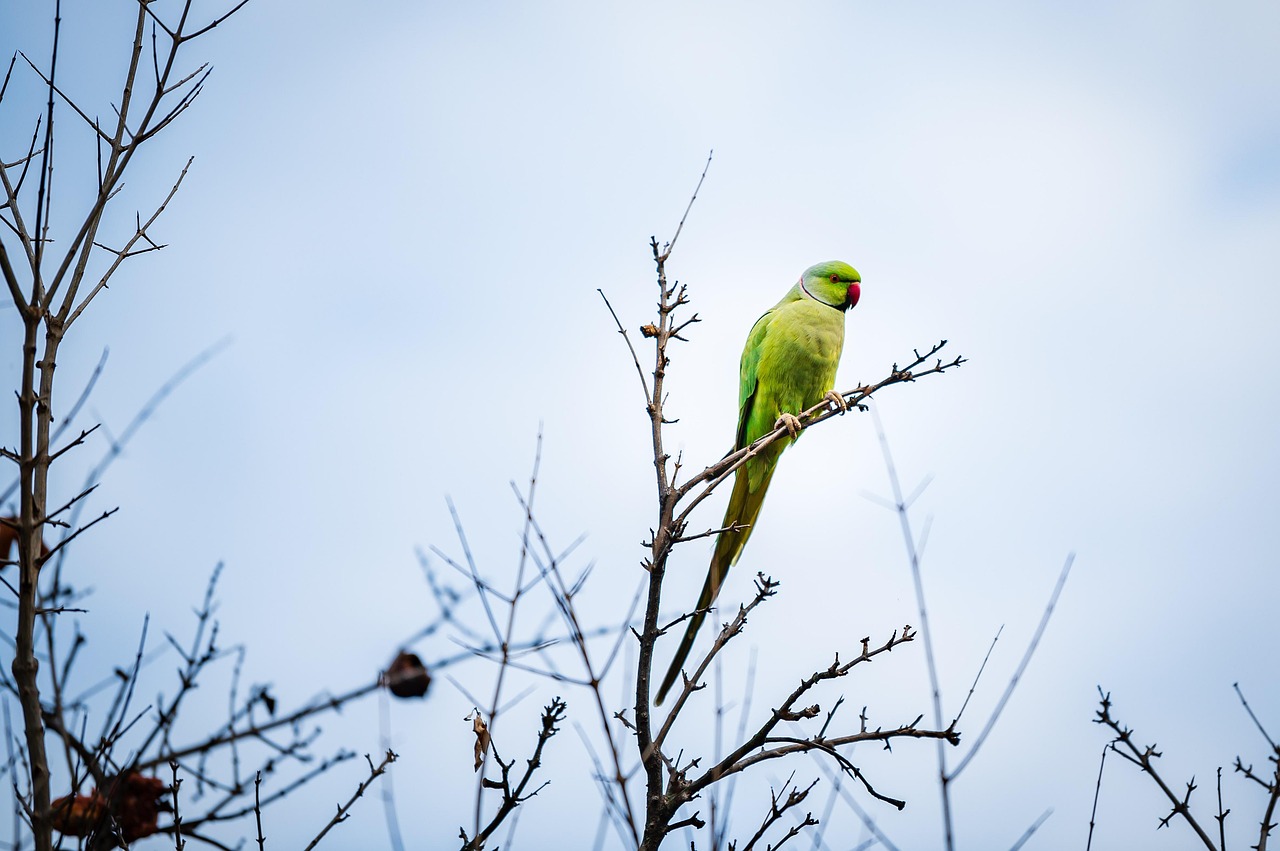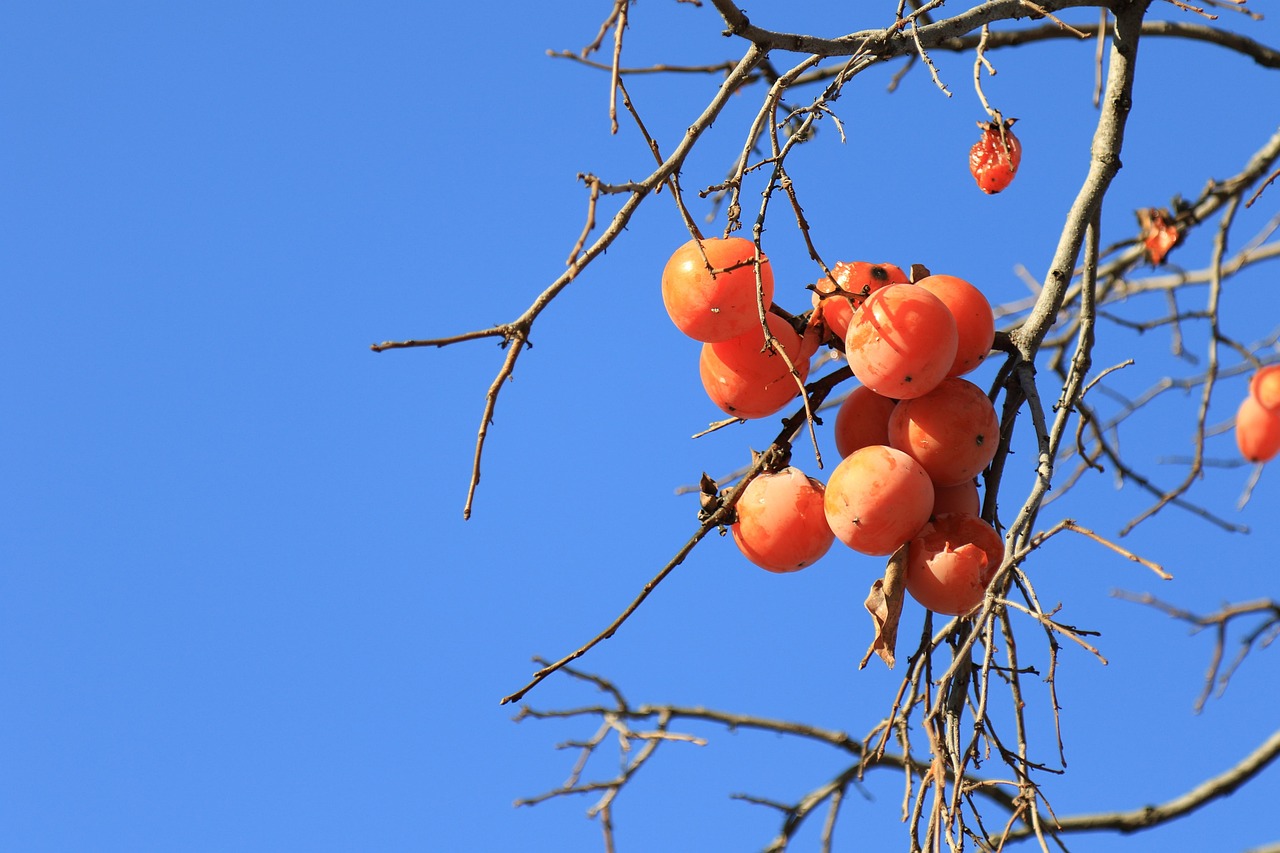The growth rate of persimmon trees in temperate regions typically ranges from 1 to 2 feet per year, depending on factors such as soil quality, climate, and care provided. With proper conditions, these trees can reach maturity in 3 to 5 years.
Understanding Persimmon Trees
Persimmon trees belong to the genus Diospyros and are well-known for their sweet, flavorful fruits. They thrive in various climates, but temperate regions provide a unique environment that influences their growth patterns. These trees are deciduous, meaning they shed their leaves annually, and they are particularly appreciated for their ornamental beauty as well as their fruit production.

In temperate climates, persimmons usually fall into two main categories: the American persimmon (Diospyros virginiana) and the Asian persimmon (Diospyros kaki). Each type has distinct characteristics, including growth habits, fruit quality, and hardiness. Understanding the differences between these types is crucial for successful cultivation.
Growth Conditions for Persimmon Trees
For optimal growth, persimmon trees require specific conditions. Here are some key factors that influence their growth rates:
- Soil Type: Persimmons prefer well-drained soils. Sandy loam or clay loam is ideal, as it retains moisture while providing good drainage.
- Sunlight: Full sun exposure is essential for healthy growth. Persimmons thrive in areas that receive at least 6 to 8 hours of direct sunlight each day.
- Watering: Regular watering is crucial during the first few years. Once established, persimmons are relatively drought-tolerant but benefit from consistent moisture during dry spells.
- Climate: While persimmons can adapt to various climates, they grow best in zones 7 through 10. They require a period of winter chill to produce fruit effectively.
Growth Rate Overview
The growth rate of persimmon trees can vary widely based on their species and environmental conditions. Generally speaking, here are some observations regarding their growth:

| Species | Average Growth Rate (per year) | Mature Height | Mature Width |
|---|---|---|---|
| American Persimmon | 1 – 2 feet | Up to 30 feet | 20 – 25 feet |
| Asian Persimmon | 1 – 3 feet | Up to 25 feet | 15 – 20 feet |
The table above outlines the differences between the American and Asian persimmons regarding their growth rates and mature sizes. As seen, Asian persimmons generally exhibit a slightly higher growth rate than their American counterparts.
Cultivation Tips for Faster Growth
If you aim to enhance the growth rate of your persimmon trees, consider the following cultivation tips:
- Fertilization: Use a balanced fertilizer in early spring to provide essential nutrients.
- Pest Control: Monitor for pests like aphids and scale insects, which can hinder growth.
- Pruning: Prune during the dormant season to promote air circulation and light penetration.
- Mulching: Apply mulch around the base to retain moisture and regulate soil temperature.
By following these tips, you can create an environment that supports quicker growth and healthier trees. Proper care will not only affect growth rates but also improve fruit production in the long term.

In summary, understanding the specific needs of persimmon trees in temperate regions is vital for successful cultivation. By providing suitable conditions and proper care, you can expect a rewarding growth experience with these delightful trees.
Factors Affecting Growth Rate
The growth rate of persimmon trees in temperate regions can be influenced by various factors. Understanding these elements is crucial for maximizing their potential. Below are some of the most significant factors that can impact growth rates.
Soil Nutrients
Soil nutrients play a vital role in the growth of persimmon trees. Nutrient deficiencies can slow down growth and reduce fruit quality. Key nutrients include:

- Nitrogen: Essential for leaf and stem growth.
- Phosphorus: Important for root development and flower production.
- Potassium: Aids in overall plant health and fruit quality.
To ensure optimal growth, it is recommended to conduct a soil test before planting. This will help identify nutrient levels and inform fertilization needs.
Climate Conditions
Climate conditions significantly affect the growth rate of persimmon trees. Here are some aspects to consider:
- Temperature: Persimmons require a range of temperatures for ideal growth. They flourish in warm summers and cool winters.
- Precipitation: Regular rainfall is beneficial, but excessive moisture can lead to root rot. Balance is key.
- Frost: Late spring frosts can damage blooming flowers, impacting fruit set and overall yield.
Pest and Disease Management
Pests and diseases can hinder the growth and productivity of persimmon trees. Common pests include:
- Aphids: These small insects suck sap from leaves, weakening the tree.
- Scale Insects: They attach to branches and leaves, draining nutrients.
- Spider Mites: Known for causing leaf discoloration and drop.
To manage these pests, consider integrated pest management (IPM) strategies that include:
- Regular monitoring of trees for early signs of infestation.
- Encouraging beneficial insects that prey on harmful pests.
- Using organic or chemical treatments as necessary, following label instructions carefully.
Pruning Techniques
Proper pruning is essential for maintaining the health and growth rate of persimmon trees. Effective pruning techniques include:
- Thinning: Remove crowded branches to improve air circulation and light penetration.
- Shaping: Aim for an open center to allow sunlight to reach all areas of the tree.
- Removing Dead or Diseased Wood: This helps prevent the spread of disease and encourages healthy growth.
The best time to prune persimmon trees is during late winter or early spring when they are still dormant. This timing minimizes stress on the tree.
Choosing the Right Variety
Selecting the appropriate variety of persimmon tree can also influence growth rates. Different varieties have unique characteristics that may suit specific climates or soil types better than others. Some popular varieties include:
| Variety | Description | Growth Habit | Mature Size |
|---|---|---|---|
| Fuyu | A non-astringent variety popular for its sweet flavor. | Upright | Up to 15 feet |
| Danja | Astringent variety with high productivity. | Spreading | Up to 20 feet |
| Hachiya | A popular astringent variety known for its rich flavor when fully ripe. | Tall, pyramidal | Up to 25 feet |
The table above provides an overview of commonly grown persimmon varieties, along with their characteristics. Selecting the right variety based on your local climate and personal preference will enhance your success in growing these trees.
Cultivating persimmon trees requires attention to various factors that influence their growth rates. By understanding soil requirements, climate impacts, pest management, pruning techniques, and choosing the right variety, you can create an environment conducive to healthy growth and fruitful harvests.
Watering Practices for Optimal Growth
Watering is a critical component of persimmon tree care. Proper irrigation directly affects the growth rate and overall health of the trees. Here are some essential practices to consider when watering persimmon trees in temperate regions.
Water Requirements
Persimmon trees generally prefer moderate watering. However, their water needs can vary based on age, weather conditions, and soil type. Young trees require more frequent watering to establish their root systems, while mature trees are more drought-tolerant. Understanding these requirements is crucial for promoting healthy growth.
Best Practices for Watering
To ensure that your persimmon trees receive adequate moisture, follow these best practices:
- Deep Watering: Water deeply and less frequently to encourage deep root growth. Aim for about 1 to 2 inches of water per week, depending on rainfall.
- Mulching: Apply a layer of organic mulch around the base of the tree to help retain soil moisture and regulate temperature.
- Soil Testing: Conduct periodic soil tests to monitor moisture levels and adjust your watering schedule accordingly.
- Avoid Overwatering: Ensure that the soil drains well. Overly wet conditions can lead to root rot and other diseases.
Fertilization for Enhanced Growth
Fertilization plays an essential role in promoting the healthy growth of persimmon trees. Proper nutrient management can significantly impact their growth rates and fruit quality. Here are some guidelines for effective fertilization.
Types of Fertilizers
When choosing fertilizers for persimmon trees, consider the following options:
- Organic Fertilizers: These include compost, well-rotted manure, and bone meal. They enrich the soil and improve its structure over time.
- Chemical Fertilizers: Use balanced fertilizers with an N-P-K ratio (Nitrogen, Phosphorus, Potassium) of 10-10-10 or similar formulations for quick nutrient availability.
Application Timing
The timing of fertilizer application is crucial for maximizing growth:
- Early Spring: Apply fertilizer just before new growth begins. This aligns nutrient availability with the tree’s growing season.
- Mid-Summer: A second application can be beneficial, especially if the tree shows signs of nutrient deficiencies.
Pest Resistance and Organic Solutions
Maintaining pest resistance is vital for the healthy growth of persimmon trees. Implementing organic solutions can help manage pests while minimizing chemical exposure. Here are some effective strategies:
Preventative Measures
Preventative measures can help keep pests at bay. Consider these tips:
- Diversity Planting: Grow companion plants alongside persimmons to attract beneficial insects that prey on pests.
- Cultural Practices: Maintain proper spacing between trees to improve air circulation and reduce humidity, which can attract pests.
Natural Pest Control Methods
If pest issues arise, consider these organic control methods:
- Neem Oil: This natural pesticide can effectively control various pests without harming beneficial insects when used correctly.
- Insecticidal Soap: This solution can help control soft-bodied insects like aphids and spider mites.
- Diatomaceous Earth: Sprinkling this natural powder around the base of trees can deter crawling insects.
Harvesting and Post-Harvest Care
The growth rate of persimmon trees culminates in fruit production, making harvesting techniques essential for maintaining quality. Understanding when and how to harvest will ensure optimal flavor and texture.
When to Harvest
The ideal time for harvesting persimmons depends on the variety:
- Non-Astringent Varieties (e.g., Fuyu): These can be harvested when they turn a bright orange color and are firm.
- Astringent Varieties (e.g., Hachiya): Wait until they are fully soft and have a deep orange hue before harvesting for the best flavor.
Post-Harvest Care
After harvesting, proper handling is crucial to maintain fruit quality:
- Curing: Astringent varieties should be allowed to ripen at room temperature until they soften.
- Storage: Store ripe persimmons in a cool place or refrigerate them to extend freshness.
By following these practices related to watering, fertilization, pest management, and harvesting, you can enhance the growth rate and productivity of your persimmon trees, ensuring a bountiful harvest year after year.
Additional Considerations for Growing Persimmons
Growing persimmon trees in temperate regions can be deeply rewarding. However, several additional factors and considerations can further enhance your success. Understanding these can help you cultivate healthy trees that produce abundant fruit.
Microclimates and Site Selection
When selecting a site for planting persimmons, consider the presence of microclimates. Microclimates are localized areas with climate conditions that differ from the surrounding environment. These can be influenced by:
- Topography: Hills or slopes can provide natural drainage, reducing the risk of root rot.
- Windbreaks: Planting near hedges or other trees can protect young persimmons from strong winds, which can damage branches and flowers.
- Sun Exposure: Areas that receive full sun throughout the day will create ideal growth conditions.
Companion Planting
Companion planting can offer various benefits to persimmon trees, including pest control, improved soil health, and enhanced pollination. Consider these companion plants:
- Legumes: Plants like clover or beans can fix nitrogen in the soil, benefiting nearby persimmons.
- Herbs: Strong-scented herbs such as basil and oregano can deter harmful insects while attracting beneficial ones.
- Flowering Plants: Marigolds and sunflowers can attract pollinators, boosting fruit set.
Cultural Practices for Sustainability
Sustainable practices are essential for maintaining healthy persimmon trees over the long term. Here are a few strategies to consider:
- Crop Rotation: Rotate crops in the surrounding area to prevent soil depletion and reduce pest buildup.
- Organic Amendments: Regularly incorporate organic matter such as compost into the soil to improve its structure and nutrient content.
- Water Conservation: Implement drip irrigation systems to minimize water waste and ensure efficient moisture delivery to the roots.
Final Thoughts
Cultivating persimmon trees in temperate regions requires a combination of knowledge, care, and attention to detail. From selecting the right variety to understanding the impact of soil, climate, and pests on growth rates, every aspect plays a crucial role in the overall success of your orchard.
By following best practices in watering, fertilization, pest management, and harvesting, you can enhance both the growth rate and fruit quality of your persimmon trees. Additionally, considering microclimates, companion planting, and sustainable practices will create a thriving ecosystem that supports long-term cultivation.
Ultimately, with patience and dedication, growing persimmon trees can lead to an abundant harvest of delicious fruit. The joy of nurturing these trees and enjoying their sweet rewards is truly fulfilling for any gardener or orchardist. Whether you are a novice or a seasoned grower, persimmons offer a unique opportunity to experience the beauty of nature while enjoying the fruits of your labor.
